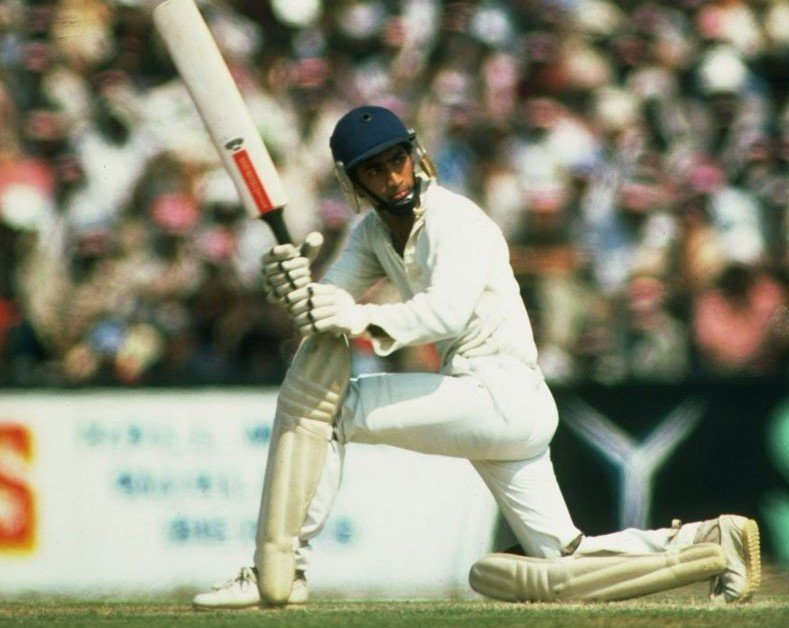A Lesson from Sri Lanka 1984: I enjoyed the unexpected chance of a talk with Peter West on television during the tea interval on the Friday of the Sri Lanka Test, even if it was with my old colleague, with whom I first appeared on TV more than 30 years ago. It was obliged by the plight of English cricket to steer my thoughts in that direction rather than allowing them to wander nostalgically in the past.
One of the viewers who were impelled to write, however, remarked, “Not much of a test, more a lesson,” which prompts me to repeat and underline my appreciation of the spirit and technique of the foremost Sri Lankan batsmen. The methods of Duleep Mendis, the admirable captain, of Sidath Wettimuny, of Roy Dias, and of Ranjan Madugalle impressed those good judges one met at Lord’s or who derived their opinions from watching on the box. The fundamentals were observed.
Apart from the minimal tapping of the bat, which most of the great players have found helpful as the bowler approached the crease, the head and body remained still until the stroke was decided upon and affected. The pick-up of the bat was generous and in or near the vertical plane. Last but not least, the feet were properly adjusted to the length of the ball, whether forward or back. Plum Warner used to quote Tom Emmett calling out in the Rugby nets: “Smell ‘er, sir, smell ‘er!”
Harry Altham used to talk about “leading with the head”, which is the same precept but differently expressed. One was put in mind of those great purist teachers watching Wettimuny and Mendis stretch into those lovely strokes to either side of the cover point. It was gratifying to hear, by the way, from the Sri Lankan manager, Neil Chanmugam, when he brought the team to Canterbury, that five of them, including Wettimuny, had flown to England several weeks before the start of the tour to practice and polish up their technique under Don Wilson at the MCC Indoor School.
They also (through the TCCB) recruited the old Sussex and England cricketer, now the coach at Lancing, D. V. Smith, to travel with them as an adviser and with the idea of helping, especially those new to English conditions. In other words, Sri Lanka’s first Test tour of this country was thoroughly well planned, and congratulations are due to all concerned, not least to Gamini Dissanayake, MP, President of their Board of Control, who spoke with such modest charm at the dinner given to the team in the match by MCC in the Committee Dining Room, and also to their resident coach, attractive Leicestershire batsman of the days, Stanley Jayasinghe.
I write this before England’s team for the winter tour is chosen, which is one reason why I forebear to comment on immediate prospects. The choice is important in all respects, and in particular, as regards: the identity of the two men to make up the management, the assistant to Tony Brawn and the vice-captain to David Gower Strength, judgment, and real authority are urgently needed in these two positions.
Fray goodness, they are forthcoming. In any case, I do not feel disposed at his range to add to the censure — some of surely unprecedented severity — which has been meted out to the successive England XI of the summer of 1984. John Wood’s reports of the Sri Lankan Test in the Times were clearly the words of a man at the end of his tether, written from the depth of the heart.
To no one is the good name of English cricket more precious than the Editor of Wisden and the cricket correspondent of The Times, and if there had been any remaining complacency as to the state of English cricket at the top, polemics must surely have removed it. An interview with Ray Illingworth in The Daily Mail a few weeks earlier was equally condemnatory. One can only hope that the brighter dawn that must follow the present darkness is not too far below the horizon.
Read More: Sri Lanka Upset and Won First Test Series in Pakistan
